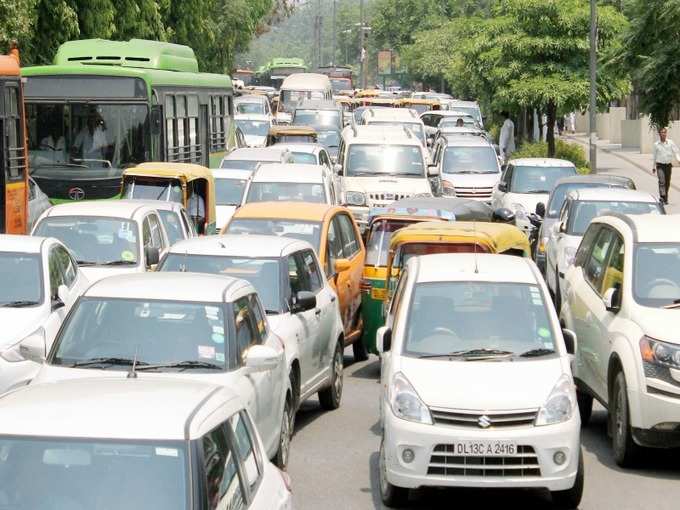 Apart from Indian metropolitan cities, the Tier II and Tier III cities play a vital role in promoting economic growth and prosperity. While the metropolitan cities comprise of a very small proportion of total Indian population, the Tier II cities and small towns with almost 80% of the country’s population have come a long way. These cities generate over two-third of the country’s income, accounting for 90% of government revenues. As India heads toward urbanization, these are the cities that will be crucial in sustaining high rates of economic growth.
Apart from Indian metropolitan cities, the Tier II and Tier III cities play a vital role in promoting economic growth and prosperity. While the metropolitan cities comprise of a very small proportion of total Indian population, the Tier II cities and small towns with almost 80% of the country’s population have come a long way. These cities generate over two-third of the country’s income, accounting for 90% of government revenues. As India heads toward urbanization, these are the cities that will be crucial in sustaining high rates of economic growth.However, in order to achieve economic growth momentum, these cities will need to function effectively – that their resources are used to maximize the cities’ contribution to national income. It is known to all that the efficiency of a city largely depends upon the effectiveness of its transport system and the efficacy with which people and goods are moved throughout the city. An underdeveloped transport system, hinders economic growth and development, and collectively may cause loss of competitiveness in both domestic as well as international market.
However, despite such growth implications, the transport system in India is faced with several hindrances. Adding to the constraints of intra and intercity travel in India, is the suffering spurred by congestion, delay, pollution and accidents, despite its low vehicle ownership rate, number of vehicles per capita than their counterparts in developed countries. Major reasons contributing to these issues are the prevailing imbalance in modal splits along with inadequate transport infrastructure and it sub-optimal use.
The
In the recent years, Indians have seen the emergence of various auto and cab aggregators to aid the public transport ecosystem in the country. Auto-rickshaws in India being the most pervasive form of local transport, there are around 50 lakh auto-rickshaws, with 3 crore daily transactions, mostly done through cash payments.
While there are few taking digital payments, the numbers are negligible. With this at the background, many simply assumed that in the wake of demonetization, such local transport system in India will apparently experience a dip, more so, because it is impossible to change customer behavior overnight, especially when transaction sizes involved are so small. Additionally, some opposing the demonetization also argued that it also adds to the expense of the local autos drivers, as it involves hardware costs.
However, it would be wrong to say that demonetization has only unleashed sufferings to the travel ecosystem and refuting such estimates are various facts. One of the world’s largest taxi aggregator that largely operates in cashless model, in various other countries, when ventured into India started off with credit cards. In its initial days, it experienced a tough time competing with the existing local cab aggregators accepting cash.
Therefore, in order to counter such constraints, it opened up not only to cash, but also integrated e-wallets, pushing horizons for its customers. In return, it witnessed the evolution of customer behavior, which gradually started changing from cash to digital payments.
Thriving on such contemporary trends, the ecosystem also witnessed the emergence of tech driven, on-demand auto-rickshaw aggregators such as ours. The fact that one of the biggest investors in
However, following the revolution of demonetization, this number has almost doubled to 40% and we are continuously working towards scaling it higher. Reeling through Modi government’s whiplash of demonetization, e-wallets started voraciously promoting the use of e-wallets and invested a significant amount of money to usher in the era of cashless economy. Treading on similar line-of-thoughts, at Jugnoo we celebrated No change November, promoting cashless transactions, based on the plethora of convenience it offers.
Furthering the cause, and aligning itself to the Government of India’s vision of making India a cashless economy, Jugnoo also recently announced the launch of Jugnoo Pay. It is a UPI enabled payment solution that allows merchants to request and consumers to approve payments directly using their respective bank accounts with their Mobile number as an identifier.
While the initial days of demonetization have been tough, drawing resistance from drivers in taking payments digitally, we believe this has long term benefits and welcome this move. With every passing day, as liquidity slowly vaporizes from the economy, the situation has started showing improvement and is evolving for better.
(The article is authored by Samar Singla, CEO& Founder, Jugnoo)